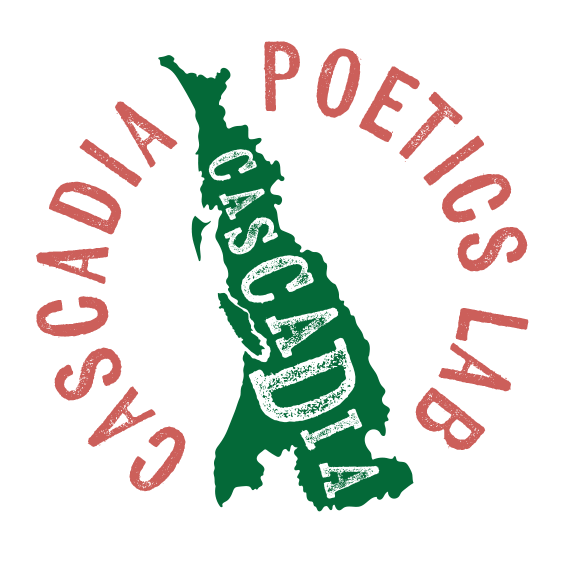After writing about being accepted by The Mud Proposal (see: https://paulenelson.com/2020/01/01/the-mud-proposal/)
I came across my cover letter for the Mud Proposal:
Dear Editors,
I am in year seven of a twenty year bioregional cultural investigation of Cascadia. (See attached maps.) There are several components:
1) A serial poem re-enacting the history of Cascadia. It started with A Time Before Slaughter and has continued into Pig War & Other Songs of Cascadia. See:
https://www.paulenelson.com/atimebeforeslaughter/
https://www.paulenelson.com/pig-war/
2) Interviews with poets, indigenous people and whole-systems activists. See: www.AmericanProphets.org although my interview project pre-dates the bioregional one and, as such, is not all bioregion-specific.

3) The Cascadia Poetry Festival. See: www.CascadiaPoetryFestival.org
I see bioregionalism as being a branch of eco-poetics. See: https://medium.com/age-of-awareness/bioregionalism-4e15f314327 for a good primer.
Cascadia looks more to Asian and Asian wisdom traditions than to Europe, has a deeper connection to indigenous thought and culture, though indigenous people have been treated in horrific ways in Cascadia and Spanish is the dominant second language after English. In addition, the connection to the natural world is stronger here than in most other bioregions in North America and perhaps the Western world.
Looking forward to your response with gratitude and admiration for your project.
Sincerely,
Paul Nelson
Seattle, WA
Cedar River Watershed
Cascadia Bioregion


I reply in strong reaction to your assertion that Cascadia “looks to Asia and Asian wisdom traditions than Europe.” Seems to me you want to confuse wisdom with propinquity, and even there you forget the broad Pacific. Most generally accepted notions of the Cascadia Bioregion— David McCloskey’s notion being mainly what it consists of— stretch from the Copper River in Southern Alaska, to Cape Mendocino in the South, and east as far as the Yellowstone Caldera and continental divide, and is centered on the ‘Cascadian Corridor’ of mountains. Cascadia is more an ideological notion than a geographical or political one
I think you misunderstood what I was saying. Kenneth Rexroth, 1955, on Morris Graves: “People in the rest of the United States and in Europe have difficulty in adjusting to the fact that the Pacific Coast of America faces the Far East, culturally as well as geographically. There is nothing cultish about this, as there might be elsewhere. The residents of California, Oregon, and Washington are as likely to travel across the Pacific as across the continent and the Atlantic. Knowledge of the Oriental languages is fairly widespread. The museums of the region all have extensive collections of Chinese, Japanese, and Indian art. Vedantist and Buddhist temples are to be seen in the coast cities. And of course there are large Chinese and Japanese colonies in every city, and proportionately even more Orientals in the countryside. It is interesting to note that besides the direct influence of the Orient on them, the Seattle painters, Graves, Tobey, and Callahan, the Portland painter, Price, the San Francisco abstract-expressionists, have all avoided the architectural limited-space painting characteristic of Western Europe from the Renaissance to Cubism, and show more affinity to the space concepts of the Venetians. Venice, of course, was for centuries Europe’s chief window on the East, an enclave of Byzantine civilization, and the first contact with China. There are drawings by Tintoretto that might have been done in his contemporary China. I do not believe that this has been a conscious influence in most cases, but rather an example of what anthropologists call convergence…” or. Andrew Schelling, 2008: “Many poets with extensive East Asian experience later settled on the West Coast of America, the Olympic Peninsula just one notable enclave. [5] A few years ago I wrote a sentence I still stand by: ‘If I open a magazine of contemporary poetry I rarely hear John Dryden, but almost always Li Bo…'” And I accept McCloskey’s definition of boundaries, which does not to my knowledge include the Copper River Watershed. But carry on.